Đề kiểm tra Tiếng Anh 12 Global Success Unit 4 (có lời giải)
Đề kiểm tra Tiếng Anh 12 Global Success Unit 4: Urbanisation có đáp án chi tiết đầy đủ các mức độ sẽ giúp học sinh lớp 12 ôn luyện Tiếng Anh 12.
Đề kiểm tra Tiếng Anh 12 Global Success Unit 4 (có lời giải)
Chỉ từ 200k mua trọn bộ Bài tập ôn tập + Đề kiểm tra Tiếng Anh 12 Global Success theo chương theo cấu trúc mới bản word có lời giải chi tiết, trình bày đẹp mắt, dễ dàng chỉnh sửa:
- B1: gửi phí vào tk:
1133836868- CT TNHH DAU TU VA DV GD VIETJACK - Ngân hàng MB (QR) - B2: Nhắn tin tới Zalo VietJack Official - nhấn vào đây để thông báo và nhận đề thi
Listen to a talk and write True or False.
Bài nghe:
Question 1. Urban areas often provide residents with better schools and hospitals.
Question 2. City residents have fewer chances to access clean water and health services.
Question 3. When cities are well-planned, people’s quality of life can be improved.
Question 4. Urbanisation always makes public transport more reliable.
Question 5. Living in the city can be more expensive because of higher home prices and costs of goods.
Mark the letter А, B, C, or D on your answer sheet to indicate theword that differs from the other three in the position of primary stress in each of the following questions.
Question 6.
A. traffic
B. mixture
C. transport
D. service
Question 7.
A. city
B. market
C. building
D. complaint
Question 8.
A. region
B. dweller
C. campaign
D. childhood
Question 9.
A. employ
B. resident
C. connection
D. advantage
Mark the letter А, B, C, or D on your answer sheet to indicate the correct answer to each of the following questions.
Question 10. The project on expanding the road _________ since it _________ last year.
A. has started / was proposed
B. started / was proposed
C. has started / has been proposed
D. started / has been proposed
Question 11. The green space in this city is getting _________.
A. small and small
B. more small and small
C. smaller and smaller
D. small and small more
Question 12. This is the biggest department store that I _________.
A. see
B. saw
C. will see
D. have seen
Question 13. _________ the city is, _________ it becomes.
A. More urbanised / more polluted
B. The more urbanised / the more polluted
C. More urbanising / more polluting
D. The more urbanising / the more polluting
Question 14. Many people in the countryside decided to _________ the city because it is easier to find a job there.
A. get lost
B. settle in
C. date back
D. go up
Read the following advertisement/ announcement and mark the letter A, B, C or D on your answer sheet to indicate the correct option that best fits each of the numbered blanks from 15 to 20.
|
EXPLORE URBAN FUTURES CONFERENCE Join us for an interesting conference on Urbanisation and the Future of Cities! Don’t miss this opportunity to inquire key discussions and insights shaping urban development. Here’s what you can expect: Expert Speakers: (15) _________ with renowned urban planners, architects, and policymakers. Interactive Workshops: Hands-on sessions to explore innovative urban solutions. Networking Opportunities: Connect with professionals and (16) _________ in the field. Cutting-edge Topics: Explore sustainability, smart cities, and community development. Q&A Sessions: Get answers (17) _________ your burning urbanisation questions. Save the date: March 24th Location: Tran Phu Venue, Nam Cao street, Thai Binh province. Limited spots available. Reserve yours now! |
Question 15.
A. Engaging
B. To engage
C. Engage
D. Engaged
Question 16.
A. enthusiasm
B. enthusiastic
C. enthusia
D. enthusiasts
Question 17.
A. on
B. to
C. from
D. in
|
URBANISATION WORKSHOP SUMMARY Recap of the Urbanisation Workshop, (18) ________ dynamic event about insightful discussions and practical insights: Diverse Perspectives: Participants brought diverse experiences and enriched the conversation. Keynote Addresses: Experts highlighted urbanisation trends, challenges, and opportunities. Interactive Sessions: Engaging workshops explored (19) _________ urban planning and design. Community Engagement: Emphasis on involving communities in decision-making for inclusive development Networking Success: Attendees connected, promoted collaborations (20) ________ future urban projects. Stay tuned for more events about the future of our cities! |
Question 18.
A. an
B. the
C. a
D. Ø (no article)
Question 19.
A. sustain
B. sustainability
C. sustainably
D. sustainable
Question 20.
A. for
B. from
C. at
D. in
Read the text carefully then answer the following questions from 21 to 27.
Tokyo, with a population of 33 million people, is by far the largest city in world. It’s also the most technologically advanced, and the city runs like digital clockwork. The automated subway, for example, is so efficient that it is able to transport almost eight million commuters every day and on the rare occasions that it goes wrong, nobody believes it. If you are late for work in Tokyo and, as an excuse, you say that your train was late, you need to provide written proof from the train company. The idea of late trains is almost unthinkable. There is very little crime, violence, or vandalism in Tokyo and the streets are safe to walk by day or night. There is also relatively low unemployment compared to other big cities in the world. But such a huge population creates serious problems of space, and as Marr flew over Tokyo in a helicopter he saw football pitches, playgrounds, even driving schools constructed on top of buildings. Streets, parks, and subways are extremely crammed. Property prices are so high and space is so short that a family of six people may live in a tiny flat of only 25 square metres. There are other problems too, of alienation and loneliness. The Hikikomori are inhabitants of Tokyo who cannot cope with ‘the mechanical coldness and robotic uniformity’ of a megacity and have become recluses, rarely or never leaving their homes. There is also a new business that has grown up in Tokyo which allows friendless people to ‘rent a friend’ to accompany them to a wedding or just to sit and chat to them in a bar after work. Another strange group of people are the Hashiriya, Tokyo’s street racers who risk their lives driving at ridiculous speeds along the city streets. During the week these men have ordinary jobs and they’re model citizens. But on Saturday nights they spend the evening driving though the city as fast as they possibly can. It’s a deadly game, but it’s just one way of escaping the daily pressures of life in the metropolis.
Question 21. What best serves as the title for the passage?
A. Tokyo: A city of alienation and loneliness
B. Tokyo: A prime example of a megacity
C. Tokyo: How to avoid missing trains?
D. Tokyo: The most developed city in the world
Question 22. The word “it” in the first paragraph refers to ____________.
A. automated subway
B. Tokyo
C. digital clockwork
D. train company
Question 23. According to paragraph 1, why does the idea of late trains seem implausible in Tokyo?
A. because the trains are automated
B. because it is capable of transporting nearly eight million commuters every day
C. because it is sponsored by train companies
D. because it is so effective that it just goes wrong on rare occasions
Question 24. The word “crammed” in the second paragraph is closest in meaning to _________.
A. spacious
B. occupied
C. packed
D. busy
Question 25. The word “recluses” in paragraph 3 mostly means ____________.
A. hermits
B. introverts
C. monks
D. ascetics
Question 26. Which of the following is NOT mentioned about Tokyo in the passage?
A. Due to the severe space shortage, property prices are so high.
B. In Tokyo, a new business has been growing, allowing single people to rent a boyfriend or a girlfriend.
C. Some individuals tend to avoid going outside due to isolation and loneliness.
D. During the week, the Hashiriya are model citizens and Tokyo’s street racers on Saturday nights.
Question 27. Which of the following can be inferred from the passage?
A. Japanese government is planning to invest more in constructing schools on top of buildings.
B. People in Tokyo are too busy to even make friends.
C. Tokyo is a wealthy city, but it may be difficult to live there because of overcrowding and busy lifestyles.
D. Living in Tokyo would make you solitary and stressed because of the busy environment.
Read the text carefully then answer the following questions from 28 to 33.
Where the significance of migration to cities is recognised, it is widely seen as a problem. In 2013, a UN study of all 193 UN member states found that 80 per cent had policies to reduce rural to urban migration. This figure has risen substantially in recent decades, up from only 38 per cent in 1996. It is also more pronounced in poorer countries: 88 per cent of the least developed countries reported policies to reduce migration to urban areas. But this negative attitude towards migration to cities may well be mistaken. The WMR argues that problems of access to services – such as housing, sanitation, education or employment – that result from rural to urban migration, are not inevitable. Rather, they are caused by poor planning. Although all socio- economic classes are reflected in migration to cities, migrants from rural areas are disproportionately poor, and inadequate planning is often a result of a weak political will to support them. In this way, migrants who come to cities can help diversify the networks that the city can draw upon – for instance, by linking cities to broader global networks. Perhaps the most famous example of this is Eastleigh in Nairobi. Known as “Little Mogadishu”, this neighbourhood has become a vibrant, global commercial hub, powered by enterprising members of the Somali, Ethiopian and Kenyan diasporas.
Question 28. What could be the passage mainly about?
A. Migrants coming to urban areas from rural areas
B. Migrants coming to urban areas to find jobs
C. The effects of rising migrant numbers in urban areas
D. The analysis on why rural migrants migrate to urban areas
Question 29. The word “pronounced” in the first paragraph is closest in meaning to __________.
A. ambiguous
B. stable
C. evident
D. vague
Question 30. Which of the following is NOT mentioned as a consequence of increasing number of rural residents moving to cities?
A. Poor access to services such as housing
B. Problems with sanitation
C. Difficulties to find employment
D. Overcrowding in the cities
Question 31. The word “them” in paragraph 2 refers to ____________.
A. politicians
B. migrants
C. citizens
D. poor people
Question 32. Which of the following is TRUE, according to the passage?
A. 80 UN members states had policies aimed at reducing rural to urban migration.
B. Problems resulting from rural to urban migration linked to access to services are unavoidable.
C. Migrants who come to cities will help diversify the networks from which the city can depend on.
D. Eastleigh in Nairobi is considered the poorest city in the world.
Question 33. What is the main reason mentioned in the passage for poor planning in cities?
A. Lack of financial resources
B. Weak political will to support migrants
C. Limited migrant networks
D. Overcrowding in cities
Mark the letter A, B, C or D on your answer sheet to indicate the correct arrangement of the sentences to make a meaningful paragraph/ letter in each of the following questions.
Question 34.
a. Firstly, improving public transportation can relieve traffic congestion and reduce air pollution.
b. By combining these strategies, cities aim to minimise the bad effects of rapid urbanisation.
c. Lastly, community involvement in urban planning allows residents to voice their concerns and contribute to decisions that affect their neighbourhoods.
d. In response to the negative impacts of urbanisation, various plans are being developed to create more sustainable and livable cities.
e. Secondly, the construction of green spaces within urban areas can enhance the overall well-being of residents by providing recreational areas and improving air quality.
A. c-a-b-e-d
B. d-a-e-c-b
C. e-a-c-d-b
D. d-c-e-a-b
Question 35.
a. Additionally, there’s a focus on creating more green spaces within cities, contributing to a healthier environment.
b. Firstly, the government is actively promoting sustainable practices, encouraging eco-friendly construction, and enhancing public transportation to reduce congestion.
c. I hope this information is useful for you.
d. Take care,
e. Dear Phuong,
Hope this letter finds you well. I am writing to share some interesting news about urban development policies in Viet Nam.
f. It’s impressive to see how these policies aim to balance urban growth with environmental considerations.
A. e-b-a-c-f-d
B. e-a-b-c-f-d
C. e-b-a-d-f-c
D. e-b-a-f-c-d
Read the following passage and mark the letter A, B, C or D on your answer sheet to indicate the correct option that best fits each of the numbered blanks from 36 to 40.
More than 1 billion people live in housing (36) is below minimum standards of comfort and sanitation, and new houses will have to be built for 3 billion people by 2030.
Investing in essential infrastructure propels growth and human development. There (37) some progress in narrowing the infrastructure deficit in recent decades, but much more needs to be done. Good planning and sound management is needed to manage this. National and local governments need to become more strategic in responding (38) the full range of challenges and opportunities posed by rapid urbanisation. This can be done by formulating a national urbanisation (39) as a first step to help to identify urban development priorities, shape plans and better coordinate actions by all the actors involved, including the private sector.
There is, (40) no one-size-fits-all urban strategy. Urban policy priorities and choices depend on a variety of factors - including the scale, speed and source of urbanisation, the size of cities and the stage of urban development.
Question 36.
A. who
B. that
C. when
D. why
Question 37.
A. is
B. will be
C. was
D. has been
Question 38.
A. on
B. of
C. to
D. in
Question 39.
A. strategy
B. reality
C. conclusion
D. reduction
Question 40.
A. therefore
B. despite
C. although
D. however
................................
................................
................................
Xem thêm đề kiểm tra Tiếng Anh lớp 12 Global Success có đáp án hay khác:
Đề kiểm tra Tiếng Anh 12 Global Success Unit 3 (có lời giải)
Đề kiểm tra Tiếng Anh 12 Global Success Unit 5 (có lời giải)
Đề kiểm tra Tiếng Anh 12 Global Success Unit 6 (có lời giải)
Đề kiểm tra Tiếng Anh 12 Global Success Unit 7 (có lời giải)
Đề kiểm tra Tiếng Anh 12 Global Success Unit 8 (có lời giải)
Đã có app VietJack trên điện thoại, giải bài tập SGK, SBT Soạn văn, Văn mẫu, Thi online, Bài giảng....miễn phí. Tải ngay ứng dụng trên Android và iOS.
Theo dõi chúng tôi miễn phí trên mạng xã hội facebook và youtube:Nếu thấy hay, hãy động viên và chia sẻ nhé! Các bình luận không phù hợp với nội quy bình luận trang web sẽ bị cấm bình luận vĩnh viễn.
- Giải Tiếng Anh 12 Global Success
- Giải sgk Tiếng Anh 12 Smart World
- Giải sgk Tiếng Anh 12 Friends Global
- Lớp 12 Kết nối tri thức
- Soạn văn 12 (hay nhất) - KNTT
- Soạn văn 12 (ngắn nhất) - KNTT
- Giải sgk Toán 12 - KNTT
- Giải sgk Vật Lí 12 - KNTT
- Giải sgk Hóa học 12 - KNTT
- Giải sgk Sinh học 12 - KNTT
- Giải sgk Lịch Sử 12 - KNTT
- Giải sgk Địa Lí 12 - KNTT
- Giải sgk Giáo dục KTPL 12 - KNTT
- Giải sgk Tin học 12 - KNTT
- Giải sgk Công nghệ 12 - KNTT
- Giải sgk Hoạt động trải nghiệm 12 - KNTT
- Giải sgk Giáo dục quốc phòng 12 - KNTT
- Giải sgk Âm nhạc 12 - KNTT
- Giải sgk Mĩ thuật 12 - KNTT
- Lớp 12 Chân trời sáng tạo
- Soạn văn 12 (hay nhất) - CTST
- Soạn văn 12 (ngắn nhất) - CTST
- Giải sgk Toán 12 - CTST
- Giải sgk Vật Lí 12 - CTST
- Giải sgk Hóa học 12 - CTST
- Giải sgk Sinh học 12 - CTST
- Giải sgk Lịch Sử 12 - CTST
- Giải sgk Địa Lí 12 - CTST
- Giải sgk Giáo dục KTPL 12 - CTST
- Giải sgk Tin học 12 - CTST
- Giải sgk Hoạt động trải nghiệm 12 - CTST
- Giải sgk Âm nhạc 12 - CTST
- Lớp 12 Cánh diều
- Soạn văn 12 Cánh diều (hay nhất)
- Soạn văn 12 Cánh diều (ngắn nhất)
- Giải sgk Toán 12 Cánh diều
- Giải sgk Vật Lí 12 - Cánh diều
- Giải sgk Hóa học 12 - Cánh diều
- Giải sgk Sinh học 12 - Cánh diều
- Giải sgk Lịch Sử 12 - Cánh diều
- Giải sgk Địa Lí 12 - Cánh diều
- Giải sgk Giáo dục KTPL 12 - Cánh diều
- Giải sgk Tin học 12 - Cánh diều
- Giải sgk Công nghệ 12 - Cánh diều
- Giải sgk Hoạt động trải nghiệm 12 - Cánh diều
- Giải sgk Giáo dục quốc phòng 12 - Cánh diều
- Giải sgk Âm nhạc 12 - Cánh diều

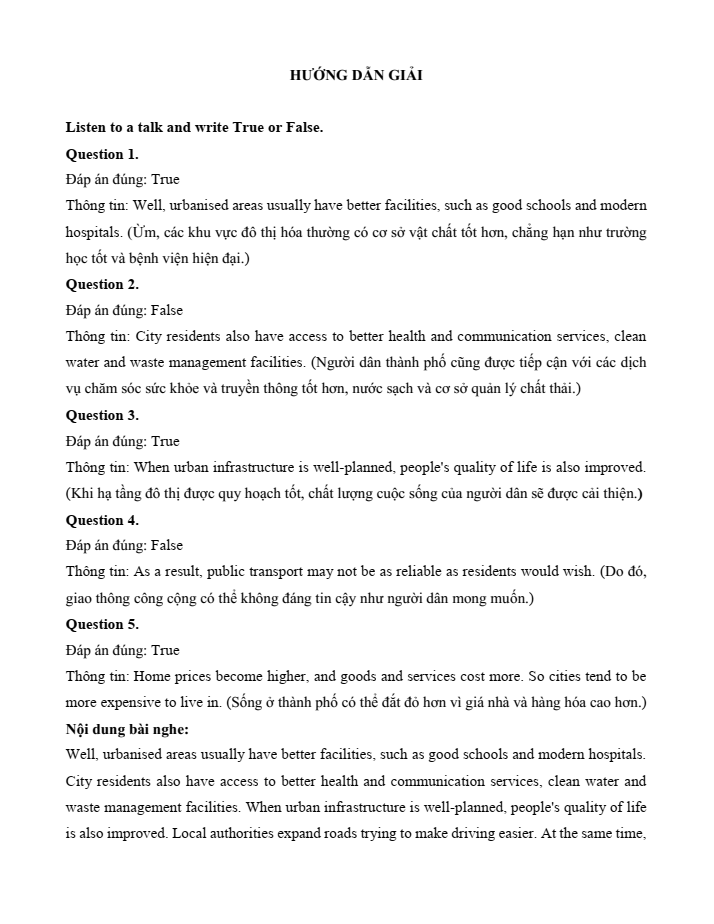
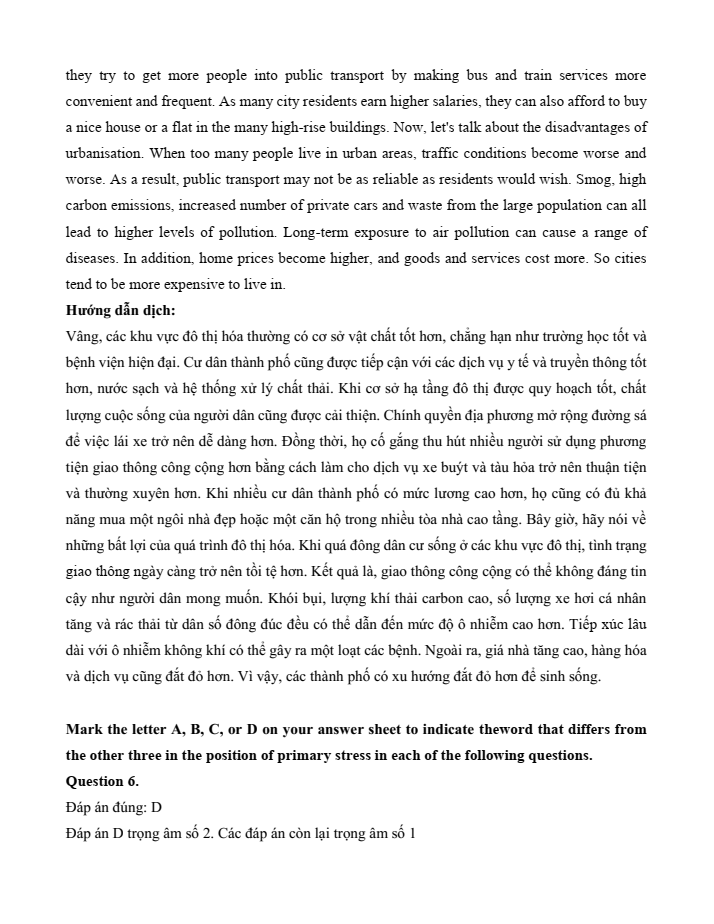
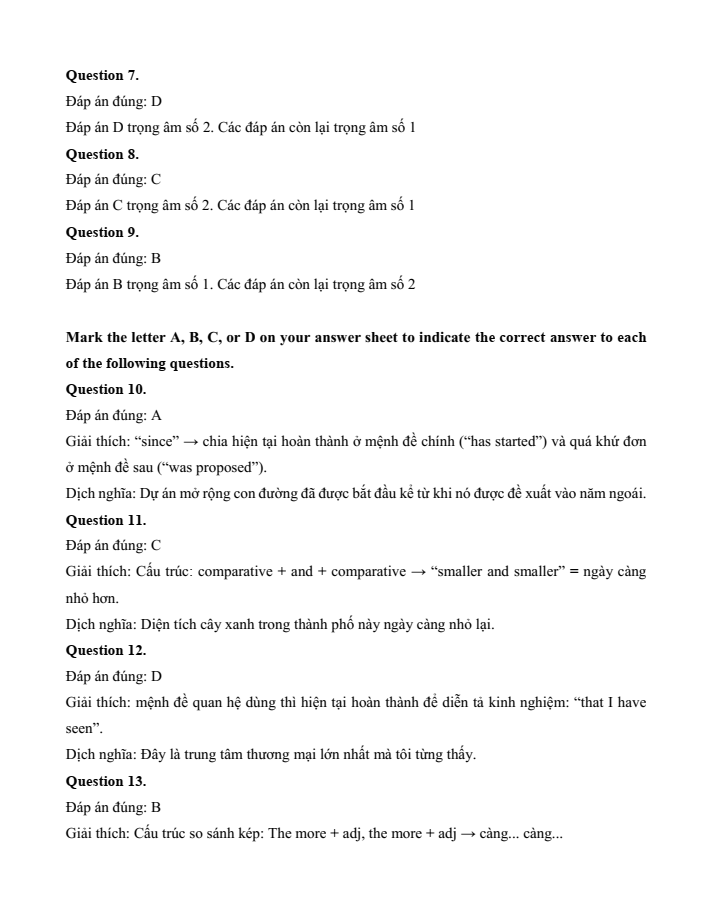
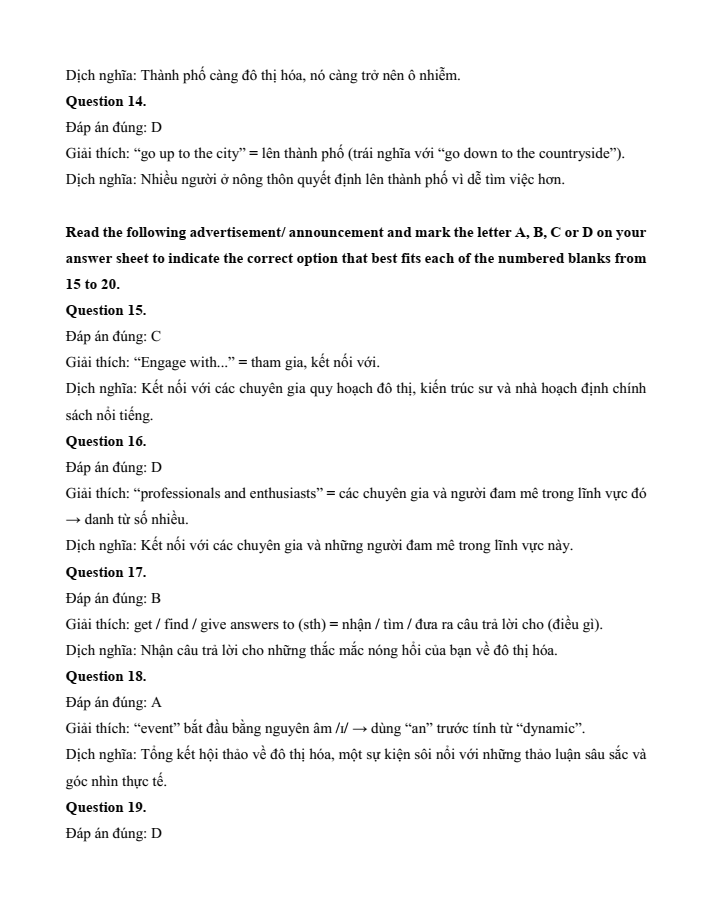
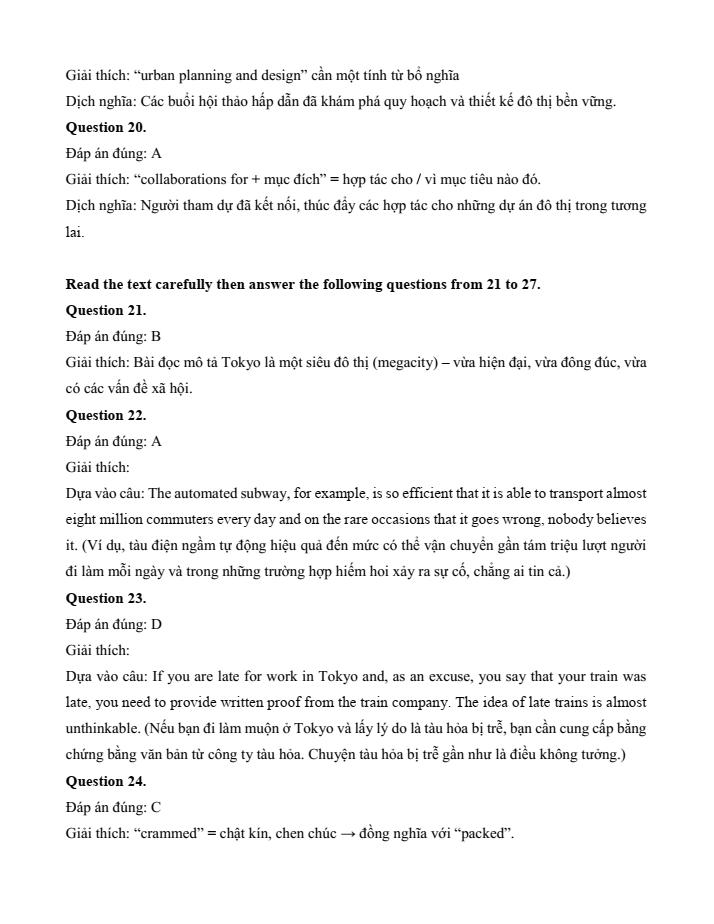
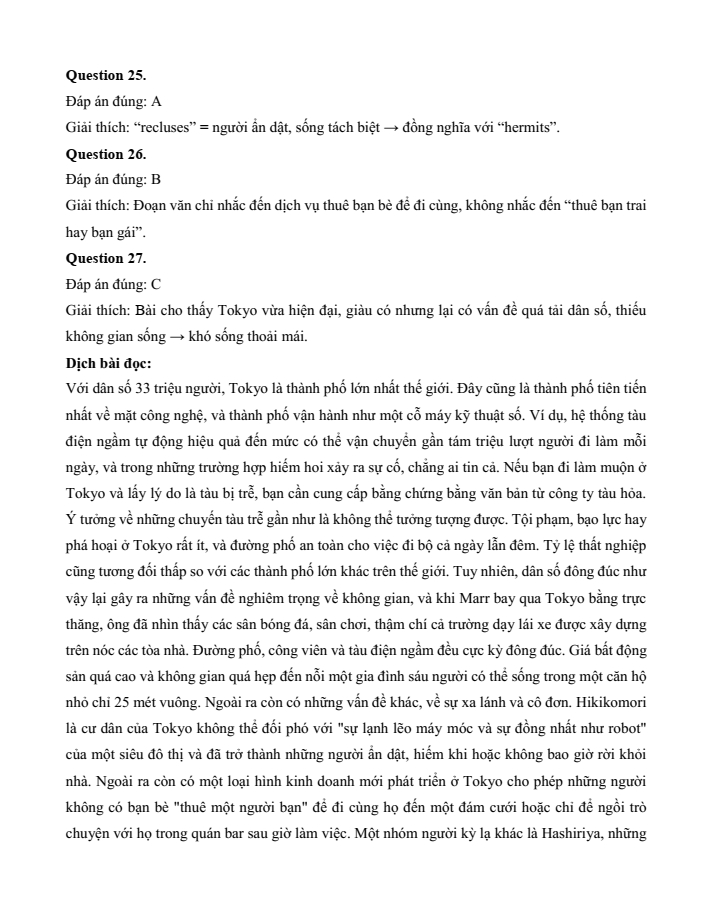
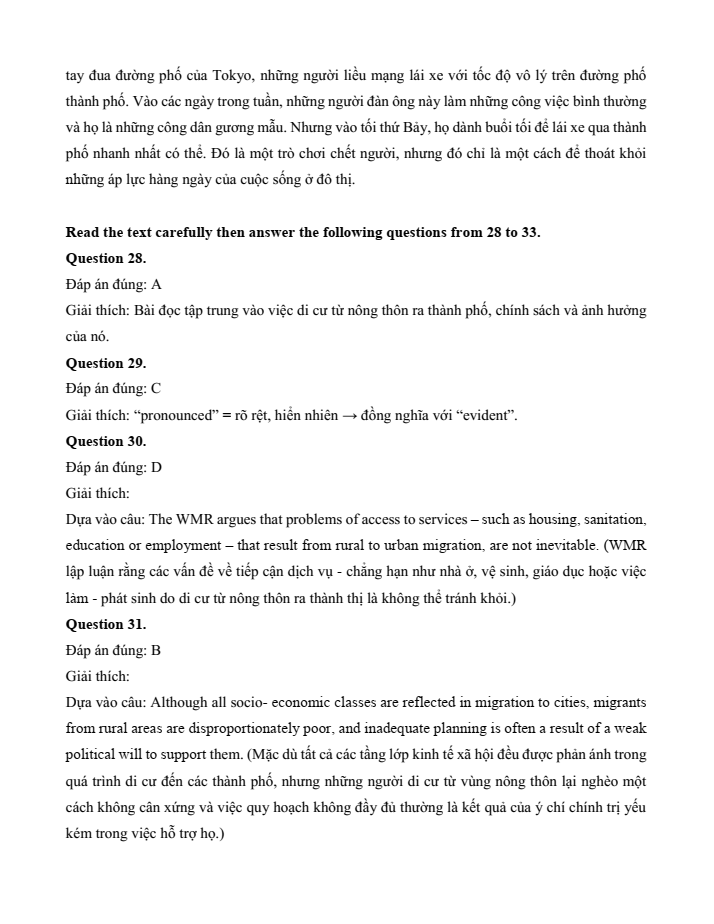
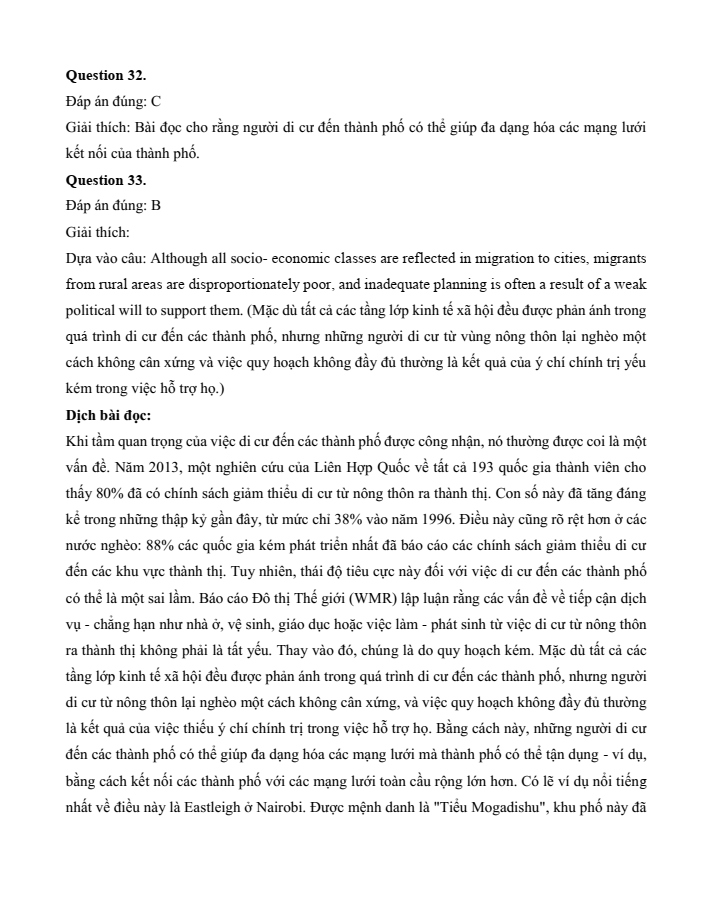
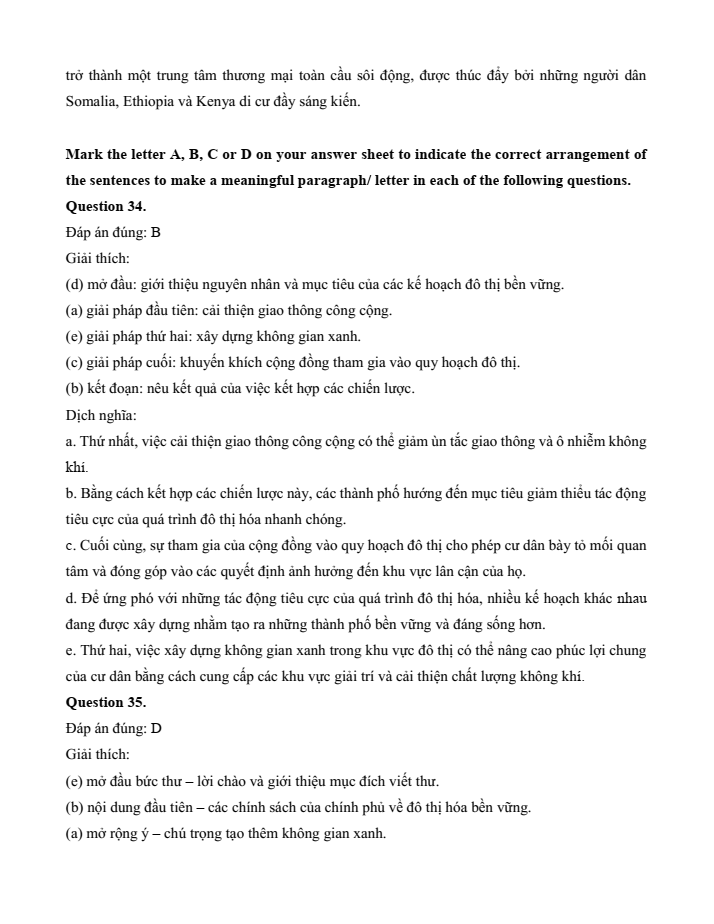
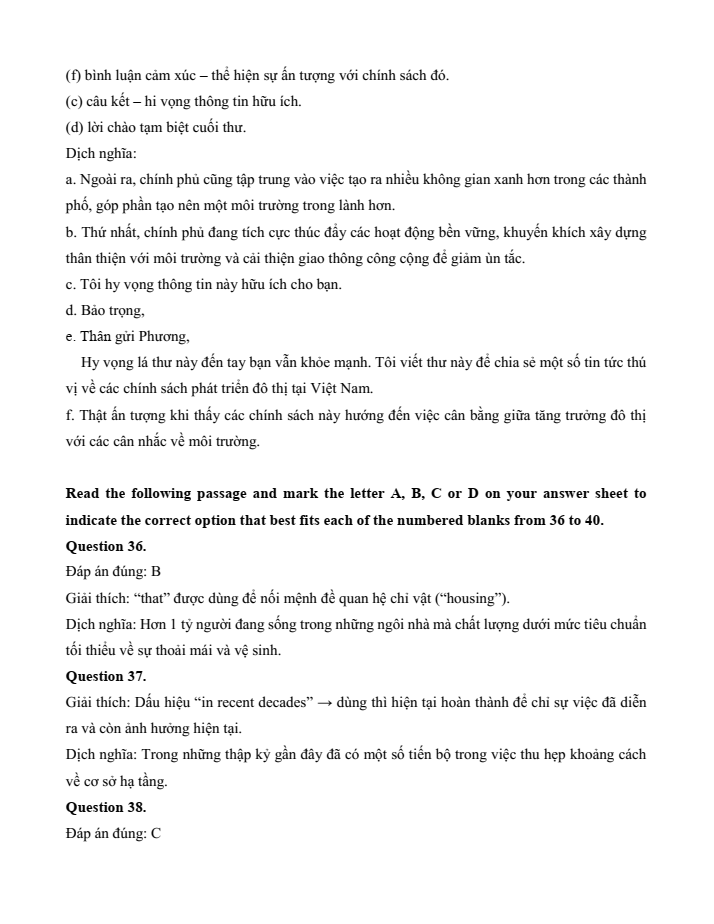
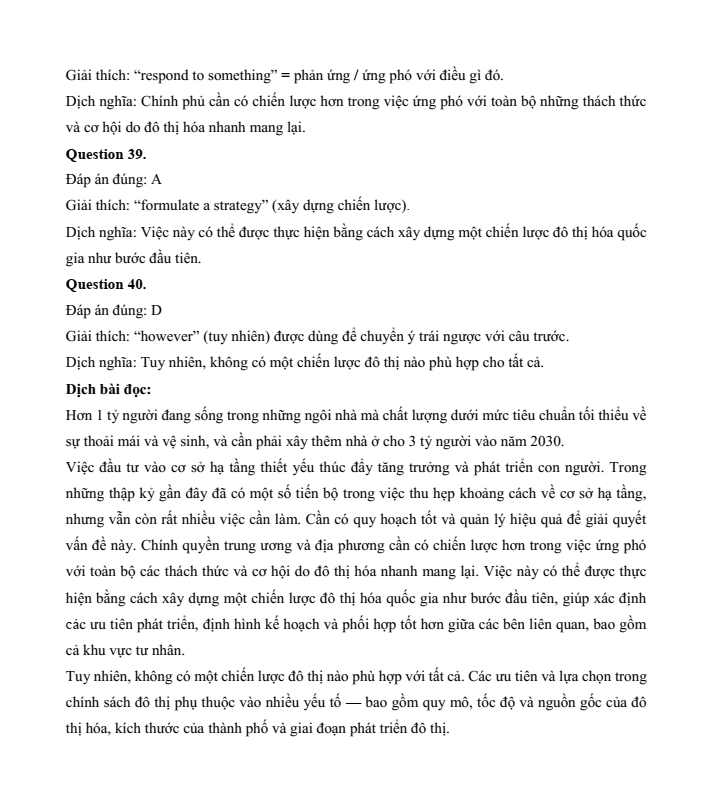



 Giải bài tập SGK & SBT
Giải bài tập SGK & SBT
 Tài liệu giáo viên
Tài liệu giáo viên
 Sách
Sách
 Khóa học
Khóa học
 Thi online
Thi online
 Hỏi đáp
Hỏi đáp

